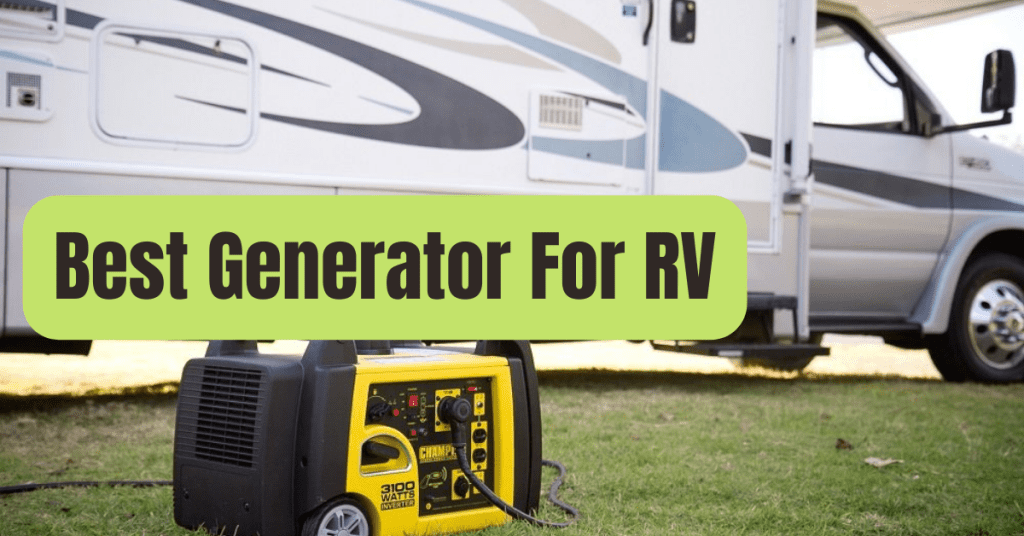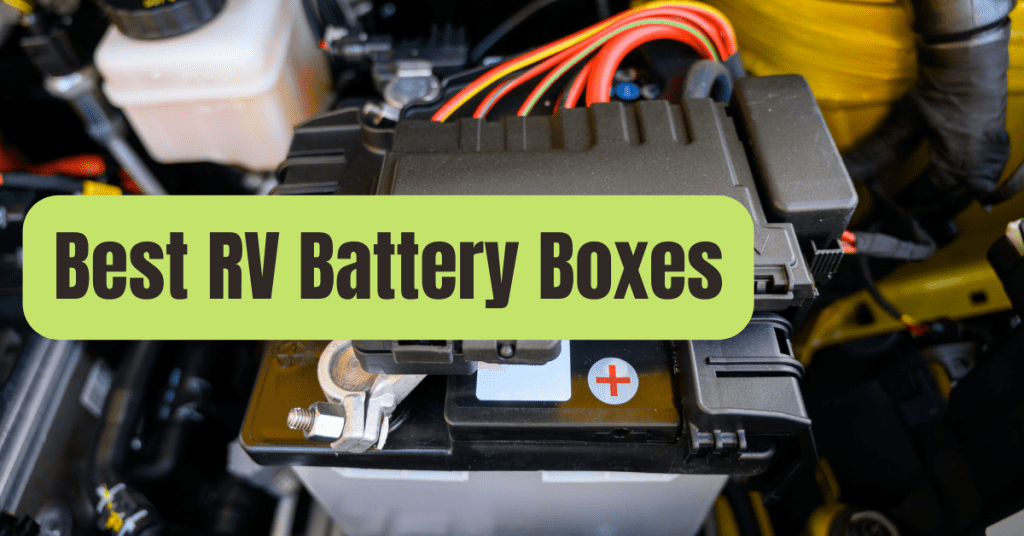A 5,000-watt generator has a lot to offer when you need a lot of power.
During a power outage, this strong class of generators is intended to cover the fundamental demands of most houses.
Additionally, 5,000-watt generators may be used to power equipment at a job site or keep a huge RV powered up.
Is a 5,000-watt generator the best option for your power requirements?
We’ll look at what appliances and equipment you can use with a 5,000-watt generator to answer that question.
In addition, we’ll look at some frequent instances in which you could need a generator and see whether 5,000 watts is sufficient.
If that’s the case, make sure to look into the top 5000 watt generators available!
Wattages Of Generators: An Overview
Before we get into detail about wattages, it’s crucial to understand that every generator has two wattage ratings: surge and rated.
The greatest amount of electricity that your generator can produce is known as the surge wattage.
This may only last a few seconds as motor-driven appliances, which need more electricity to start, come up to speed.
Because many heavy-duty equipment, such as your home’s sump pump, have starting power needs that are double or more than what the appliance requires after it’s up and running, the surge wattage is critical.
Surge wattage might be your generator’s principal power constraint if you want to operate a lot of motor-driven equipment.
After those few seconds of maximum power, you’re restricted to the rated, or continuous, wattage of your generator.
This is the amount of electricity your generator can produce for many hours at a time.
Keep in mind that running your generator for more than a few seconds over the rated wattage but below the surge wattage can overload the engine.
As a result, the total operating wattage of the appliances and equipment you want to power must be less than the generator’s rated wattage.
Many people think of generators as only a backup for powering their homes in the event of a power outage, but they’re capable of much more.
Having a portable generator allows you to extend your home’s comforts outside the power outlets, as well as power equipment and gadgets in your yard or at a job site.
A generator, furthermore, is dependable.
You know that your generator will provide electricity no matter where you travel.
We’ll go over all you need to know about generators in this tutorial.
We’ve got you covered on everything from picking the right generator for your power and portability needs to how to set up and maintain your generator for optimum performance.
If you’d like to get directly to our purchase guides for each kind of generator, click here:
Using A 5,000-Watt Generator To Power Your Home
One of the most typical reasons for purchasing a 5,000-watt generator is to provide a backup power source for your house in the event of a prolonged blackout.
However, it’s critical to consider how much electricity your home’s appliances truly consume.
Let’s start with the most energy-intensive equipment you’re likely to have in your home:
- 1,500 watts electric stove (no surge requirement)
- 1,200 watt window air conditioner (1,800 watts surge power)
- Depending on the size, a central air conditioning system might range from 3,800 to 6,000 watts (8,000 to 12,000 surge watts)
- 600 to 1,500 watt space heater
- 5,000 watts and above, depending on the size of the room
- 800 watt sump pump (1,500 to 3,000 surge watts)
- 1,000 watts well pump (2,000 to 4,000 surge watts)
As you can see, these large appliances use a lot of energy, particularly when you include in startup power needs.
With a 5,000-watt generator, most houses will not be able to power central heating or air conditioning.
You may, however, use your generator in conjunction with a window air conditioner or a space heater.
Even if you want to use space heaters to heat three bedrooms at night, you can do it with a 5,000-watt generator and still have wattage left over.
So, a 5,000-watt generator may rescue you from freezing in the winter or scorching in the summer — all you have to do is decide which rooms are climate-controlled.
Keep in mind that using a sump pump or a well pump to move water around your property might use a lot of energy.
Because these pumps have significant surge power needs that may push a 5,000-watt generator to its limits, you’ll probably want to plug them in before any other appliances.
When we enter the kitchen, the power needs for popular equipment are much lower:
- 700 watts refrigerator/freezer (1,200 surge watts)
- Microwave wattage: 800
- 850 watts toaster
- 800 watts coffee maker
- 300 watt dishwasher
A 5,000-watt generator will provide enough electricity to keep your refrigerator and freezer operating even if you are running a modest heating and air conditioning unit and a water pump.
You won’t need to adjust the temperature in an ideal case, and you’ll have water from municipal boundaries.
In such instance, 5,000 watts will enable you to use most of your other household equipment as if the power had never gone out.
You can even power most of your equipment since PCs and TVs operate on less than 400 watts and don’t need surge protection.
Using A 5,000-Watt Generator To Power A Worksite
5,000-watt generators are widely used by contractors and builders to power portable electric equipment.
Most typical contractor-duty power equipment can be operated with 5,000 watts:
- 1,400 watt circular saw (2,300 surge watts)
- 1,800 watts table saw (4,500 surge watts)
- 1,000 watts portable air compressor (1/2 horsepower) (1,600 watts)
- 1,600 watts portable air compressor (1 horsepower) (4,500 surge watts)
- 600 watts electric drill
- 1,400 watt bench grinder (2,500 surge watts)
- 1,500 watt chainsaw
- 1,000-watt electric leaf blower
Keep in mind that if you try to use numerous power tools at the same time, you’ll most certainly run into surge power restrictions.
For many contractors, this isn’t a big concern, particularly because many pneumatic equipment use a generator-powered air compressor.
However, if you have a big job site with several employees relying on your generator, 5,000 watts may not always be sufficient.
Using A 5,000-Watt Generator To Power An RV
The ideal amount of electricity for big RVs is a 5,000-watt generator.
It has enough juice to run your whole kitchen, lights, and a small air conditioner or space heater without running out of charge.
While smaller RVs may be able to operate on a 3,000-watt generator, the benefit of a 5,000-watt generator is that you won’t have to worry about balancing many appliances at the same time.
You can practically guarantee that your generator can manage your RV’s whole electrical grid with 5,000 watts.
Is a 5,000-Watt Power Supply Right for You?
Depending on how you want to use it, 5,000 watts is a lot of power – or not nearly enough.
During a power outage, a 5,000-watt generator may assist you power the necessities in your home, or it can give more than enough power to operate any typical heavy-duty power equipment on the jobsite.
A 5,000-watt generator gives you peace of mind that you’ll never run out of power when RVing.
Consider a 3,500-watt generator if a 5,000-watt generator is too powerful for your needs.
Alternatively, if 5,000 watts is insufficient, check what a 7,500-watt generator can do for you.










